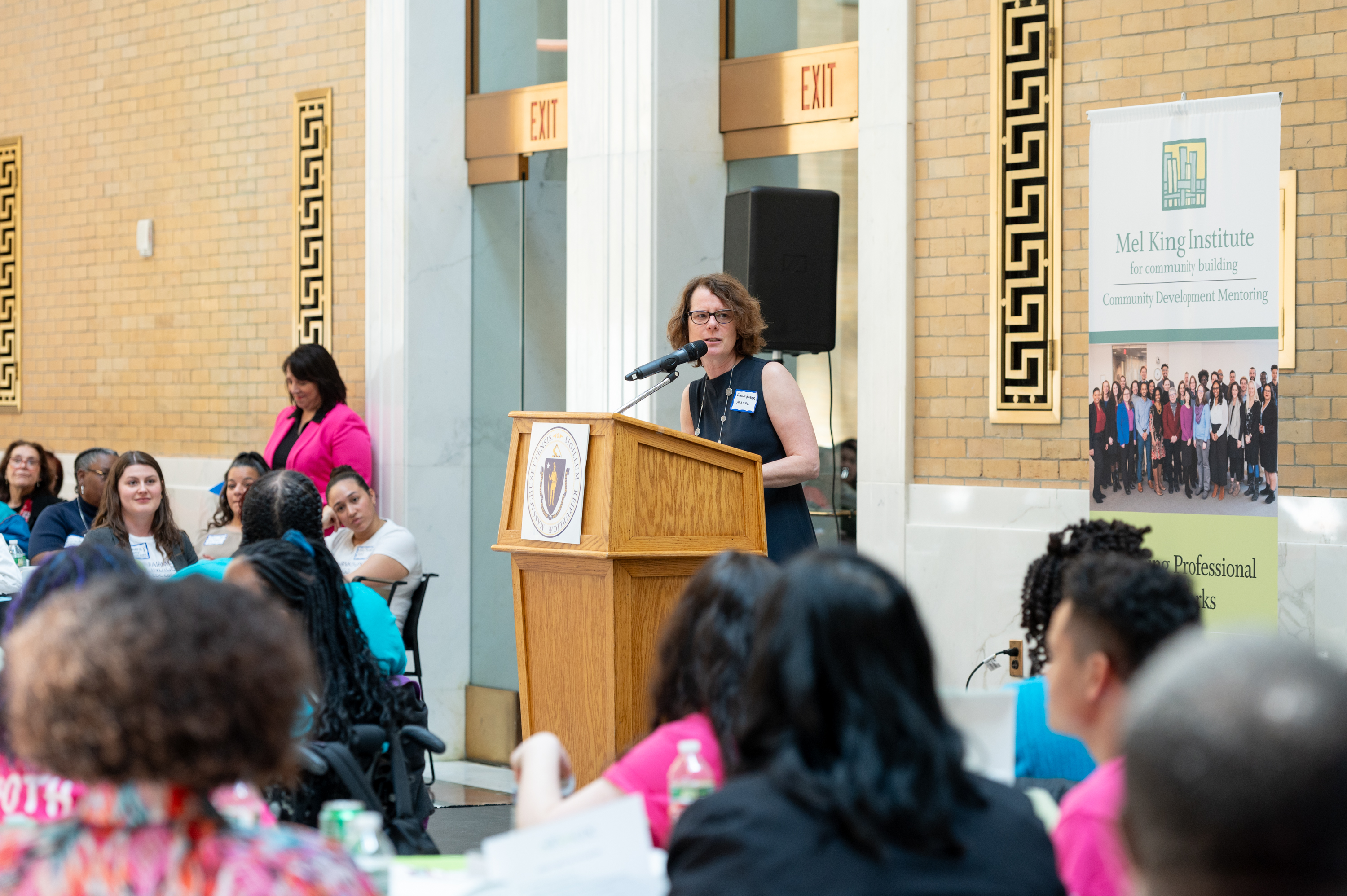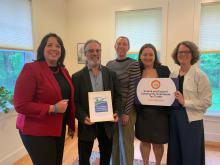CDCs are leaders in tearing down walls, literally and figuratively, and creating communities where ALL people can live with dignity while participating in and benefiting from our economy. This is the ideal vision of what CDCs are striving to achieve. But most people don’t have the faintest clue who we are or what the acronym CDC means. The general public’s understanding of a CDC, if they have one at all, most likely is centered on affordable housing. We, as a field, aren’t very good at telling the public what we do. Why we do it. What we’re doing and what we’ve done.
Let’s start with acronyms. What is a CDC? Well, of course, it’s the Center for Disease Control in Atlanta. So are we handling Ebola strains in super-hermitically sealed labs? No. If you search Google with the term “CDC,” we’re not even a Wiki entry on the first page, or the second, or the third. The CDC acronym for our field doesn’t work by itself. This means that you have to KNOW what CDC means in order to begin to get the results in Google relevant to our field. The problem is worse than this one acronym because we have multiple acronyms just in our names: NDC, NHS and CED.
Next is the statement “affordable housing” and how it applies to our field. Do CDCs get involved and lead significant affordable housing projects in their community? Sure. But we aren’t affordable housing groups exclusively. There are many organizations that are producing and preserving affordable housing. The term by itself is inaccurate to describe a CDC. It also can paint an ugly picture in people’s minds about what we do. Affordable Housing often is associated with big government and gray tenements. We don’t want to define our field with negative mental associations. Finally, no one should talk to someone outside of our field or real estate development in general of housing units. It’s a term that’s cold and used for budgeting and planning purposes. Leave it there.
Then how do we explain to people what it is that we do effectively, clearly, concisely? Obviously, this is a hard and complicated question to answer, but we must change the way the general public relates to our work if we want to attract new people to it. I’m not going to answer the question completely in one post, but we can start with the power of a quick defining statement and how it can effectively be used to tell our story a bit more clearly.
MACDC is a big acronym that says what we want to say to elected officials and people involved in our work, but absolutely nothing to anyone else. It’s why we have adopted a statement that captures what we do without any acronyms and without talking about affordable housing: “MACDC is an association of mission-driven community development organizations dedicated to creating places of opportunity where ALL people can live with dignity while participating in and benefiting from our Commonwealth's economy.” I can start a conversation off with someone who doesn’t know the field and not get stuck with stereotyping, negative connotations and perplexing acronyms. This easily leads me into giving examples just about everyone can immediately grasp: supporting fisherman on the Cape, cleaning up Brownfield sites, creating thousands of new homes across the state and helping families of all backgrounds compete in our economy. People like hearing about all of this. AND people relate to what I’m saying immediately.
CDCs are leaders in tearing down walls, except when it comes to sharing with the general public what we do and why. Let’s free ourselves from these language puzzle boxes and get out there and let people know what we do and why.
--
I want to hear from you and what your CDC or nonprofit is doing to overcome these communications challenges. We’re always looking for better ways to express what it is we’re up to as a field. Post comments here and let’s get the conversation going!










